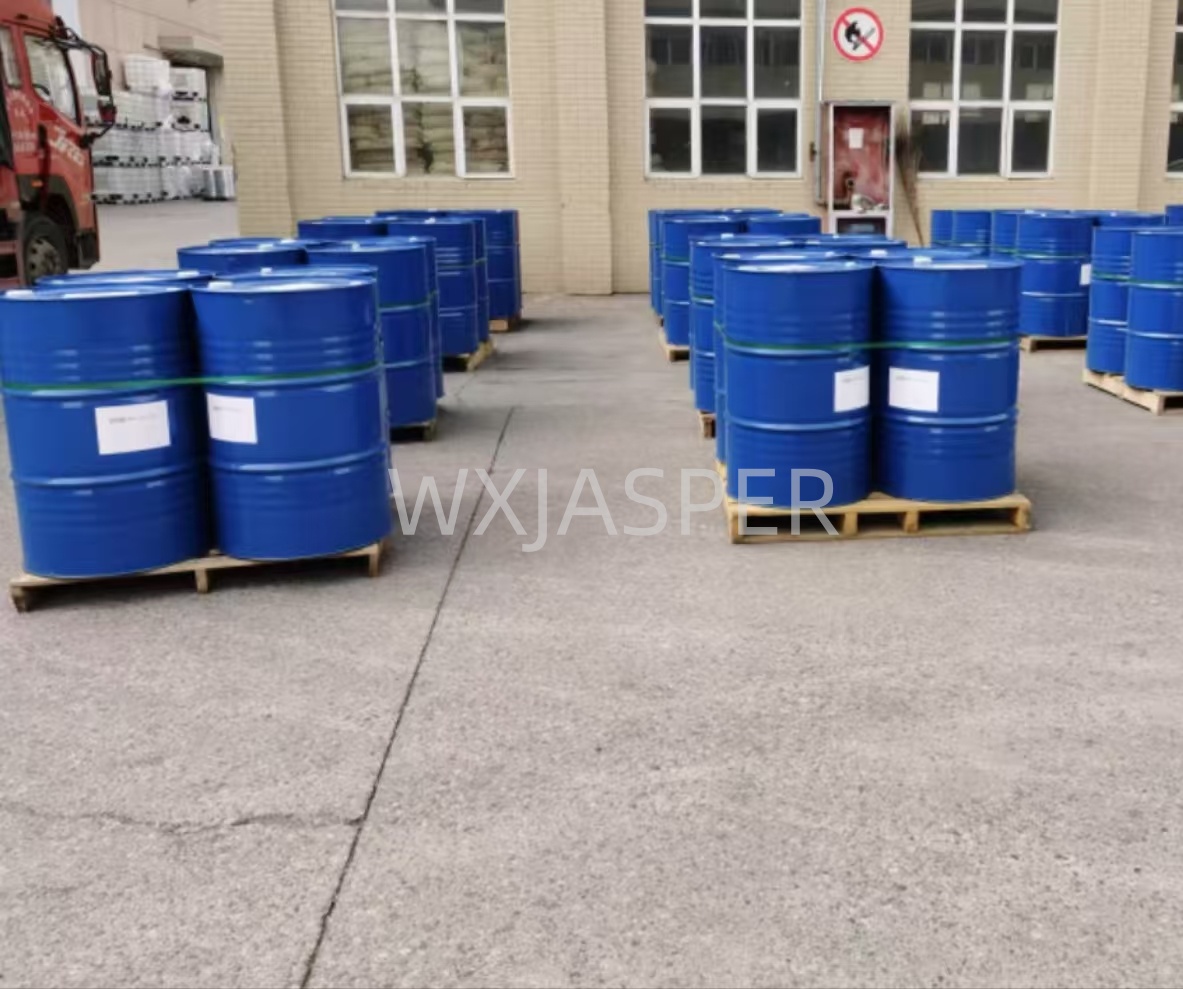Product Details
CasNo: 108-65-6
MF: C6H12O3
Appearance: liquid
Delivery Time: 15 days
Packing: 25kg/drum
Purity: 99%
Basic Information
- Brand Model: BYK - 410
- Product Name: Rheological Additive
- Packaging Specification: 25 kg/blue iron drum
- Chemical Composition: Modified Urea Solution
Product Features
- Broad System Applicability: As a liquid rheological additive, BYK - 410 is not only suitable for solvent - based and solvent - free systems but also works effectively in PVC plastisols and air - curing resin systems (such as epoxy, polyurethane, acrylic resins, and some polyester resin systems). It can well meet the production needs of different types of coatings, adhesives, and other products.
- Significant High Thixotropic Effect: It can form a high thixotropic effect in the system. Specifically, when subjected to shear forces like external stirring or brushing, the viscosity of the system decreases rapidly, facilitating the flow and application of materials. When the external force disappears, the viscosity of the system can quickly recover, effectively preventing the sedimentation of solid particles such as pigments and fillers, and the sagging of wet films during the drying process, thus ensuring the uniformity and appearance quality of the coating.
- Flexibility of Post - Addition: This rheological additive can be added at the later stage of the production process, which provides great flexibility for the production process. For example, when the coating production is nearly completed, BYK - 410 can be added according to actual needs to adjust the rheological properties of the product, without the need for complex formula adjustments to the entire system in the early stage.
- Enhancement of Special Properties: When applied in PVC plastisols, it can effectively improve mold release, making the molded plastic products easier to demold from the mold and improving production efficiency. While enhancing anti - sag performance, it does not have a negative impact on the leveling property of the coating, ensuring that the coating surface can achieve a smooth and flat effect.
Application Fields
- Coating Industry:
- Industrial Coatings: In metal anti - corrosion coatings, original equipment manufacturer (OEM) automotive paints, and automotive refinish paints, it prevents pigment sedimentation and sagging, ensuring uniform coating thickness and color consistency, and enhancing the protective effect and aesthetics of the metal substrate.
- Wood Coatings: Used in wood clear coats and colored paints, it helps the coating distribute evenly on the wood surface, avoids sagging, and prevents filler precipitation, enabling the wood surface to present a good decorative effect and protective performance.
- Architectural Coatings: In products such as interior and exterior wall latex paints and textured coatings, it controls the rheological properties of the coating, ensuring ideal coating effects under different application methods (such as spraying, brushing, and rolling), and reducing problems like sagging and splashing.
- Adhesive Industry: In epoxy adhesives, polyurethane adhesives, and other products, it prevents filler sedimentation, maintains the uniformity of the adhesive, and at the same time, during the bonding process, the high thixotropic property allows the adhesive to better adhere to the surface of the adherend without flowing, improving the bonding effect.
- Composite Material Industry: In the production of resin - based composite materials (such as FRP products) formed by casting and reaction molding, it prevents the sedimentation of reinforcing materials (such as glass fibers) and fillers, ensures uniform and stable performance of composite materials, and facilitates the flow and filling of resin in the mold.
Recommended Dosage
The specific dosage of BYK - 410 (based on the total amount of the system in the purchased form) needs to be determined according to the type of system, formula composition (such as resin type, pigment and filler content), and the required thixotropic effect, anti - sedimentation, and anti - sag degree. It is generally recommended to conduct small - scale tests first, starting with a low addition amount (such as 0.1% - 0.5% of the total system amount), and gradually increase the dosage. Observe the viscosity change, thixotropic performance of the system, and the coating performance after drying (such as leveling, anti - sag, and anti - sedimentation) to determine the optimal addition amount.
Addition Method
- Direct Addition Method: Under the stirring state of the system, slowly add BYK - 410 to the system, and continue stirring for a period of time (usually 15 - 30 minutes) to ensure that it is fully and uniformly dispersed. If added at a later stage, it should be added when the system is basically uniformly mixed and close to the final product state, and then fully stirred or cyclic pumping and other methods should be used to promote its integration with the system.
- Pre - Dilution Method: If the viscosity of the system is relatively high, BYK - 410 can be pre - diluted with an appropriate solvent (such as the solvent used in the system) first, and then slowly added to the system and fully stirred. This helps the rheological additive to disperse in the system more quickly and uniformly.
Storage Conditions
BYK - 410 should be stored in a cool, dry, and well - ventilated warehouse, avoiding direct sunlight and high - temperature environments. The ideal storage temperature range is 5 - 30°C. In a low - temperature environment, the product may have an increase in viscosity. Before use, it needs to be restored to room temperature and fully stirred to ensure stable product performance without affecting the application effect. At the same time, attention should be paid to sealed storage to prevent the product from absorbing moisture in the air or reacting with other substances, which may affect its quality.


